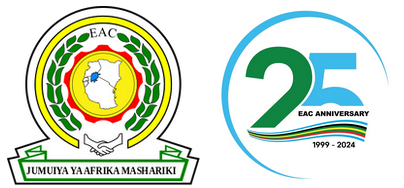Posted in Investment Promotion & Private Sector Development
Health care in the Partner States comprises hospitals at district, provincial and national levels and healthcare centres / dispensaries at lower levels. Similar services are also provided by non-governmental organisations and the private sector.
Investment opportunities include the following: the establishment of hospitals and other health units, and modern testing facilities; training of medical personnel in specialised medical care; the manufacture of drugs, hospital equipment and furniture; and, the provision of family planning facilities and services.
Posted in Investment Promotion & Private Sector Development
The East African region is endowed with some of the largest freshwater lakes in the world, which harbour substantial resources for fishery. Lake Victoria, shared by three EAC Partner States: Kenya (6%), Tanzania (49%) and Uganda (45%), covers a surface area of 68,000 km2 and the shoreline length is 3,400 km.
The lake is home to about 350 species of fish. The commercially important fish species of Lake Victoria are Lates niloticus (Nile perch), Oreochromis (Tilapia) and Rastrineobola argentea (Dagaa). The other species include Alestes, Barbus, Clarius, Haplochromis, Labeo, Mormyrus, Protopterus, Schilbe and Synodontis.
Lake Victoria and other lakes such as Lake Turkana (in Kenya), Tanganyika (in Tanzania) and Kyoga (in Uganda) provide ample opportunity in fishing, fish processing and fish by-product processing, as well as in the supply of fishery-related equipment and storage infrastructure such as fishing nets, cooler transporters, processing equipment, packaging materials, and freighters and cargo planes.
Other investment opportunities include fish farming (aquaculture) and establishment of accredited testing laboratories.
The EAC coastline extends for 2,104 km, including some 680 km in Kenya and some 1,424 km in Tanzania.
The marine resources that can be exploited include crustaceans, molluscs, Dermasal fish species, Pelagic fish species, and tuna and tuna-like species.
Other investment opportunities include deep-sea fishing, the provision of deep-sea fishing vessels, storage infrastructure, and the processing of marine fish and related by-products.
